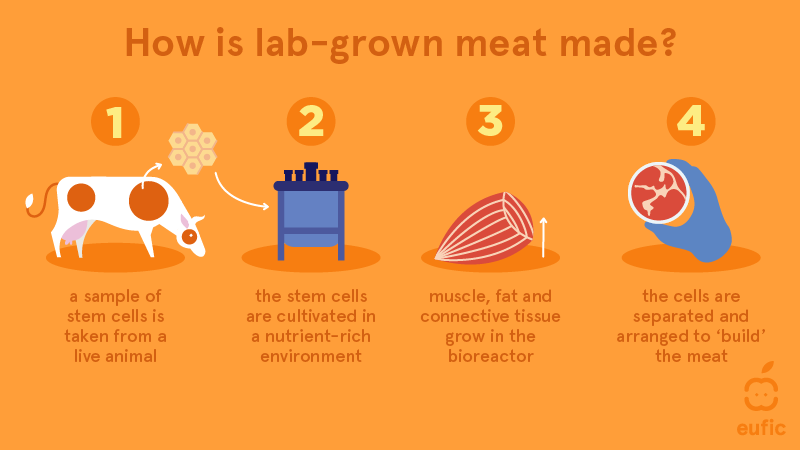Lab-Grown Meat: A Sustainable Solution to Feeding the World
Cultivated Meat: An Innovative Approach
Billions of Animals Killed Annually
The global demand for meat has reached unsustainable levels, leading to the slaughter of billions of cows, chickens, and pigs each year. This industrial-scale meat production has a significant environmental impact, including deforestation, water pollution, and greenhouse gas emissions.
Lab-Grown Meat: A Promising Alternative
Cultivated meat, also known as lab-grown meat or cell-based meat, offers a potential solution to the environmental challenges posed by traditional meat production. This innovative technology involves growing animal tissue in a lab environment, using a small sample of cells from the desired animal.
Benefits of Lab-Grown Meat
Lab-grown meat has several advantages over conventional meat production, including:
- Reduced environmental impact: By eliminating the need for live animals, lab-grown meat can significantly reduce deforestation, water pollution, and greenhouse gas emissions.
- Improved animal welfare: Cultivated meat eliminates the need for slaughtering animals, resulting in improved animal welfare and reduced suffering.
- Enhanced safety: Lab-grown meat is produced under controlled conditions, minimizing the risk of contamination and disease outbreaks.
- Scalability: Cultivated meat has the potential to be produced on a large scale, meeting the growing demand for meat without requiring extensive land use or animal farming.
Challenges and Future Prospects
While lab-grown meat holds great promise, there are still challenges to overcome, such as cost reduction and regulatory approval. However, ongoing research and technological advancements are addressing these challenges, and cultivated meat is expected to become a viable alternative to traditional meat production in the near future.


Komentar